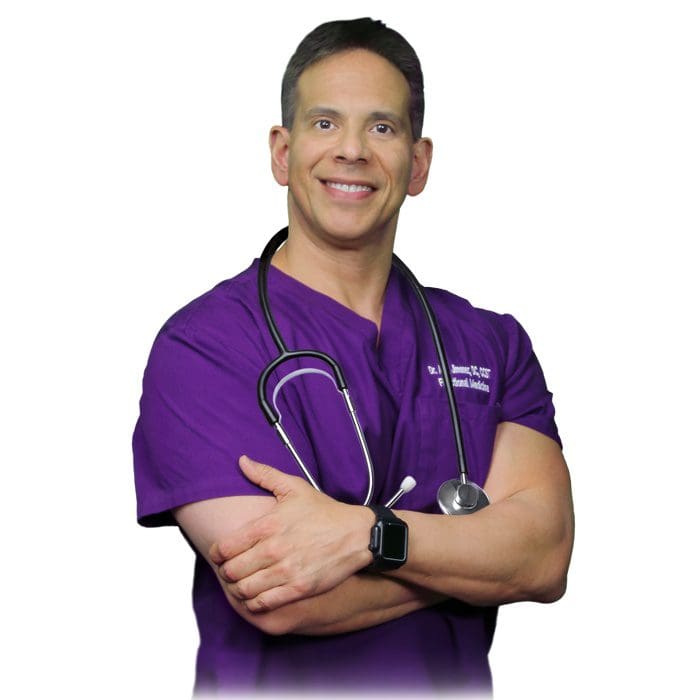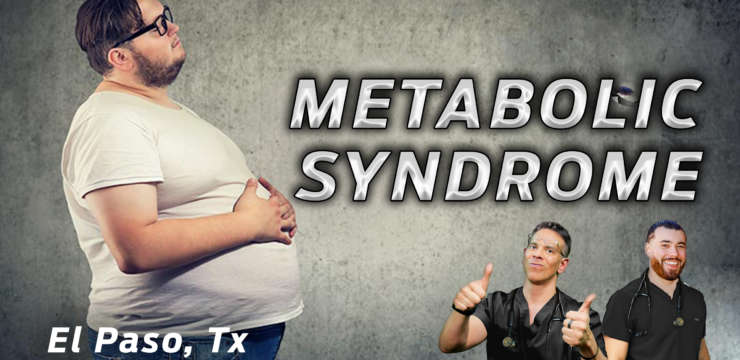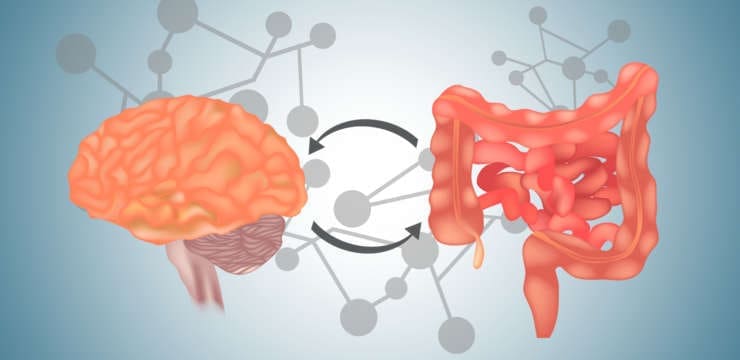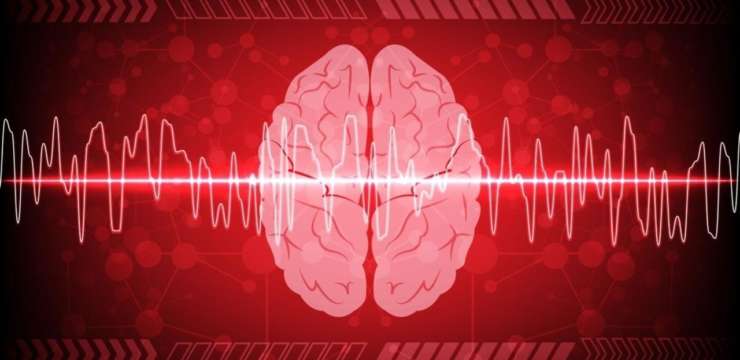
Aging is a natural part of life and it can’t be stopped. Or at least, that’s what we used to think. Researchers at Intervene Immune, Stanford, the University of British Columbia, and UCLA believe that our epigenetic clock can be changed, suggesting that there may still be ways for humans to live longer. In the following article, we will discuss the findings associated with epigenetics and aging.
Table of Contents
What is the Epigenetic Clock?
The epigenetic clock is a measurement of biological age that can be used to estimate the chronological age of humans or other organisms by testing several patterns of DNA methylation. Although the age estimated by the epigenetic clock frequently correlates with chronological age, it is not fully understood if DNA methylation profiles in the epigenetic clock are directly associated with aging.
For many years, researchers have observed age-related changes in gene expression and DNA methylation. However, the idea of using an “epigenetic clock” to be able to estimate chronological age by testing several patterns of DNA methylation was first proposed by Steve Horvath where it gained popularity after his 2013 research study was published in the journal Genome Biology.
Epigenetic clocks are used in forensic studies to determine the age of an unknown person through blood or other biological samples at the scene of a crime and in diagnostic screens to determine increased risks for diseases associated with aging, including a variety of cancers. Epigenetic clocks can also highlight whether several behaviors or treatments can affect epigenetic age.
Does Epigenetic Age Correlate with Chronological Age?
The main reason that epigenetic clocks and DNA methylation are used to estimate the chronological age of humans or other organisms is that they correlate very well with the chronological age in the subjects tested. The first research study on the epigenetic clock that Steve Horvath published in 2013 included 353 individual CpG sites identified from previous research studies.
Of these sites, 193 become more methylated with age and 160 become less methylated, which leads to the DNA methylation age estimate that is used to determine the epigenetic clock. Throughout all outcome measures, including all ages of subjects, Horvath observed a 0.96 correlation between the epigenetic age he calculated and the true chronological age, with an error rate of 3.6 years.
Current epigenetic clocks are also being evaluated to help further improve age prediction as well as the diagnostic and/or prognostic abilities of these tests. Further evaluations using NGS approaches ultimately have the potential to improve epigenetic clocks, making them more comprehensive by extending the evaluation of DNA methylation sites to all CpG sites in the genome.
Can We Change Our Epigenetic Clocks?
Research studies have demonstrated that cancer can change the epigenetic clock. These observations suggest that the epigenetic clock can change under certain conditions. Therefore, it is possible that the epigenetic clock can be manipulated through changes in behavior or treatment strategies to slow it down or potentially reverse it, allowing humans to live longer and healthier lives.

Researchers believe that our epigenetic clock can be changed. In the following article, we discussed the findings associated with epigenetics and aging. The epigenetic clock is a measurement of biological age that can be used to estimate the chronological age of humans or other organisms by testing several patterns of DNA methylation. The main reason that epigenetic clocks and DNA methylation are used to estimate the chronological age of humans or other organisms is that they correlate very well with the chronological age in the subjects tested. Current epigenetic clocks are also being evaluated to help further improve age prediction as well as the diagnostic and/or prognostic abilities of these tests. Research studies have demonstrated that cancer can change the epigenetic clock. Therefore, it is possible that the epigenetic clock can be manipulated through changes in behavior or treatment strategies to slow it down or potentially reverse it, allowing humans to live longer and healthier lives. By changing our epigenetic clocks, healthcare professionals may also be able to regulate age-related health issues, such as inflammation and joint pain. These could potentially be helpful for chiropractic care, an alternative treatment option that uses spinal adjustments to carefully restore the alignment of the spine. – Dr. Alex Jimenez D.C., C.C.S.T. Insight

Zesty Beet Juice
Servings: 1
Cook time: 5-10 minutes
• 1 grapefruit, peeled and sliced
• 1 apple, washed and sliced
• 1 whole beet, and leaves if you have them, washed and sliced
• 1-inch knob of ginger, rinsed, peeled and chopped
Juice all ingredients in a high-quality juicer. Best served immediately.

Just one carrot gives you all of your daily vitamin A intake
Yes, eating just one boiled 80g (2¾oz) carrot gives you enough beta carotene for your body to produce 1,480 micrograms (mcg) of vitamin A (necessary for skin cell renewal). That’s more than the recommended daily intake of vitamin A in the United States, which is about 900mcg. It’s best to eat carrots cooked, as this softens the cell walls allowing more beta carotene to be absorbed. Adding healthier foods into your diet is a great way to improve your overall health.
The scope of our information is limited to chiropractic, musculoskeletal, physical medicines, wellness, and sensitive health issues and/or functional medicine articles, topics, and discussions. We use functional health & wellness protocols to treat and support care for injuries or disorders of the musculoskeletal system. Our posts, topics, subjects, and insights cover clinical matters, issues, and topics that relate and support directly or indirectly our clinical scope of practice.* Our office has made a reasonable attempt to provide supportive citations and has identified the relevant research study or studies supporting our posts. We also make copies of supporting research studies available to the board and or the public upon request. We understand that we cover matters that require an additional explanation as to how it may assist in a particular care plan or treatment protocol; therefore, to further discuss the subject matter above, please feel free to ask Dr. Alex Jimenez or contact us at 915-850-0900. The provider(s) Licensed in Texas*& New Mexico*Â
Curated by Dr. Alex Jimenez D.C., C.C.S.T.
References:
- Active Motif Staff. “Can You Really Reverse Your Epigenetic Age?†Active Motif, 1 Oct. 2019, www.activemotif.com/blog-reversing-epigenetic-age#:~:text=Epigenetic%20clocks%20are%20a%20measure,certain%20patterns%20of%20DNA%20methylation.
- Pal, Sangita, and Jessica K Tyler. “Epigenetics and Aging.†Science Advances, American Association for the Advancement of Science, 29 July 2016, www.ncbi.nlm.nih.gov/pmc/articles/PMC4966880/.
- Matloff, Ellen. “Mirror, Mirror, On The Wall: The Epigenetics Of Aging.†Forbes, Forbes Magazine, 25 Jan. 2020, www.forbes.com/sites/ellenmatloff/2020/01/24/mirror-mirror-on-the-wall-the-epigenetics-of-aging/#75af95734033.
- Dowden, Angela. “Coffee Is a Fruit and Other Unbelievably True Food Facts.†MSN Lifestyle, 4 June 2020, www.msn.com/en-us/foodanddrink/did-you-know/coffee-is-a-fruit-and-other-unbelievably-true-food-facts/ss-BB152Q5q?li=BBnb7Kz&ocid=mailsignout#image=24.
Disclaimers
Professional Scope of Practice *
The information herein on "Can You Change Your Epigenetic Clock?" is not intended to replace a one-on-one relationship with a qualified health care professional or licensed physician and is not medical advice. We encourage you to make healthcare decisions based on your research and partnership with a qualified healthcare professional.
Blog Information & Scope Discussions
Welcome to El Paso's wellness blog, where Dr. Alex Jimenez, DC, FNP-C, a board-certified Family Practice Nurse Practitioner (FNP-C) and Chiropractor (DC), presents insights on how our team is dedicated to holistic healing and personalized care. Our practice aligns with evidence-based treatment protocols inspired by integrative medicine principles, similar to those found on dralexjimenez.com, focusing on restoring health naturally for patients of all ages.
Our areas of chiropractic practice include Wellness & Nutrition, Chronic Pain, Personal Injury, Auto Accident Care, Work Injuries, Back Injury, Low Back Pain, Neck Pain, Migraine Headaches, Sports Injuries, Severe Sciatica, Scoliosis, Complex Herniated Discs, Fibromyalgia, Chronic Pain, Complex Injuries, Stress Management, Functional Medicine Treatments, and in-scope care protocols.
Our information scope is limited to chiropractic, musculoskeletal, physical medicine, wellness, contributing etiological viscerosomatic disturbances within clinical presentations, associated somato-visceral reflex clinical dynamics, subluxation complexes, sensitive health issues, and functional medicine articles, topics, and discussions.
We provide and present clinical collaboration with specialists from various disciplines. Each specialist is governed by their professional scope of practice and their jurisdiction of licensure. We use functional health & wellness protocols to treat and support care for the injuries or disorders of the musculoskeletal system.
Our videos, posts, topics, subjects, and insights cover clinical matters, issues, and topics that relate to and directly or indirectly support our clinical scope of practice.*
Our office has reasonably attempted to provide supportive citations and has identified the relevant research studies or studies supporting our posts. We provide copies of supporting research studies available to regulatory boards and the public upon request.
We understand that we cover matters that require an additional explanation of how they may assist in a particular care plan or treatment protocol; therefore, to discuss the subject matter above further, please feel free to ask Dr. Alex Jimenez, DC, APRN, FNP-BC, or contact us at 915-850-0900.
We are here to help you and your family.
Blessings
Dr. Alex Jimenez DC, MSACP, APRN, FNP-BC*, CCST, IFMCP, CFMP, ATN
email: coach@elpasofunctionalmedicine.com
Licensed as a Doctor of Chiropractic (DC) in Texas & New Mexico*
Texas DC License # TX5807
New Mexico DC License # NM-DC2182
Licensed as a Registered Nurse (RN*) in Texas & Multistate
Texas RN License # 1191402
ANCC FNP-BC: Board Certified Nurse Practitioner*
Compact Status: Multi-State License: Authorized to Practice in 40 States*
Graduate with Honors: ICHS: MSN-FNP (Family Nurse Practitioner Program)
Degree Granted. Master's in Family Practice MSN Diploma (Cum Laude)
Dr. Alex Jimenez, DC, APRN, FNP-BC*, CFMP, IFMCP, ATN, CCST
My Digital Business Card






